Numerous studies have shown that combining active funds and FTEs improves portfolio performance. The choice between active funds and ETFs is therefore crucial. So how to select the funds ? What are the prerequisites to take into account ?
We highlighted in a previous article the pitfalls to avoid in making optimal investment decisions. Today we will see how to optimize the performance of portfolios in 5 steps.
Step 1 – Access a database that refined all information
To be optimal, the selection between active funds and ETFs must be based on a database which carefully restates the information from the funds.
This database must allow:
To choose the most representative share classes of the funds;
that historical data do not contain errors or missing data ;
that the funds exactly follow the chosen index ;
that all fund costs be taken into account in the performance calculation.
The database, BSD Investing, allows this selection to be made.
Step 2 – Select funds that follow the same index
Take the example of the European equity market. Within this category, there are more than 500 funds that follow more than 50 indices that have different performances. Choosing the index is therefore crucial because it has a direct impact on the performance of your portfolios.
Over a period of 10 years *, the performance of this category can range from 60 to 240% ! for example, the MSCI Europe increased by 111% over this period while the S&P Europe BMI posted an increase of 137% – The active funds which officially follow the MSCI Europe increased on average by 114% over the same period*. In the first case, the active funds have on average overperformed the index in the second, the opposite is true. Optimal selection can only be made using comparisons between funds according to the same index.
Step 3 – Compare active funds with ETFs
It is not enough to select the index on which one wishes to invest, it is also necessary to know how to choose from all the active funds and the ETF which follow this index for more performance. Too often, investors will tend to choose between an active fund or an ETF from a comparison between active funds and indices. Which pushes them to make bad choices.
The market often underestimates the need to compare the performance of active funds with that of ETFs. Take the example of the equity funds of the Euro zone, the active funds outperform the EUROSTOXX 50 index by 14% over 10 years *. But on the other hand, active funds underperform passive funds on this same 12% index. Referring only to the index can lead to an erroneous investment conclusion.
It is essential to avoid these errors and to be able to make comparisons between all active funds and FTEs and not only between active funds and indices. This is essential for making optimal investment decisions.
Step 4 – Access new indicators giving an exact photo of what has really outperformed
Everyone thinks that 14% of active funds on European stocks have outperformed over 10 years *. This figure is calculated by the market based on a single indicator, the percentage of managers who overperform between two fixed dates. But this figure is incorrect. It does not integrate all the funds present over the entire period. It does not take into account expired funds or new funds. And yet these funds have an impact on performance. Taking them into account is not 14% but 40% of active funds that overperform *. Access to all indicators is key for optimal decision-making.
Step 5 – Use allocation recommendations and rankings between active funds and ETFs
To be able to determine the optimal distribution of portfolios between active funds and ETF, investors need to know for each investment area or strategy if the environment is more favorable to a particular management style. Indeed, an overview of the performance of asset classes and investment strategies shows that the results of active / passive funds are decidedly mixed. Active managers outperform in certain categories and ETFs in others. Within each category, the performance of fund managers depends on the period and market cycles.
In addition, to choose well, investors must have access to the best active funds and ETF by indexing. Indeed, this allows you to focus on the skills of managers without introducing any additional bias due to the choice of index.
Accessing quality information is essential for more performance.
Article published on Citywire France on September 24th 2021
*Source: BSD Investing, data between 06/30/2011 and 06/30/2021.
Marlene Hassine Konqui


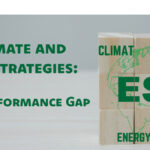
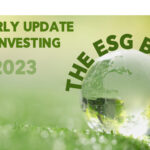
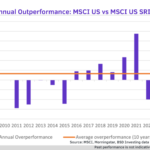
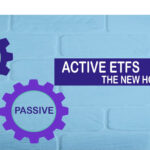

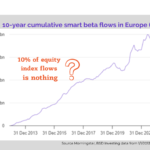

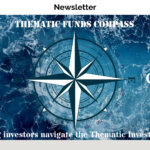
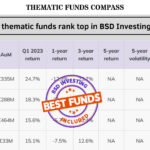
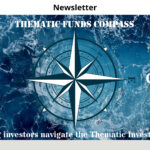
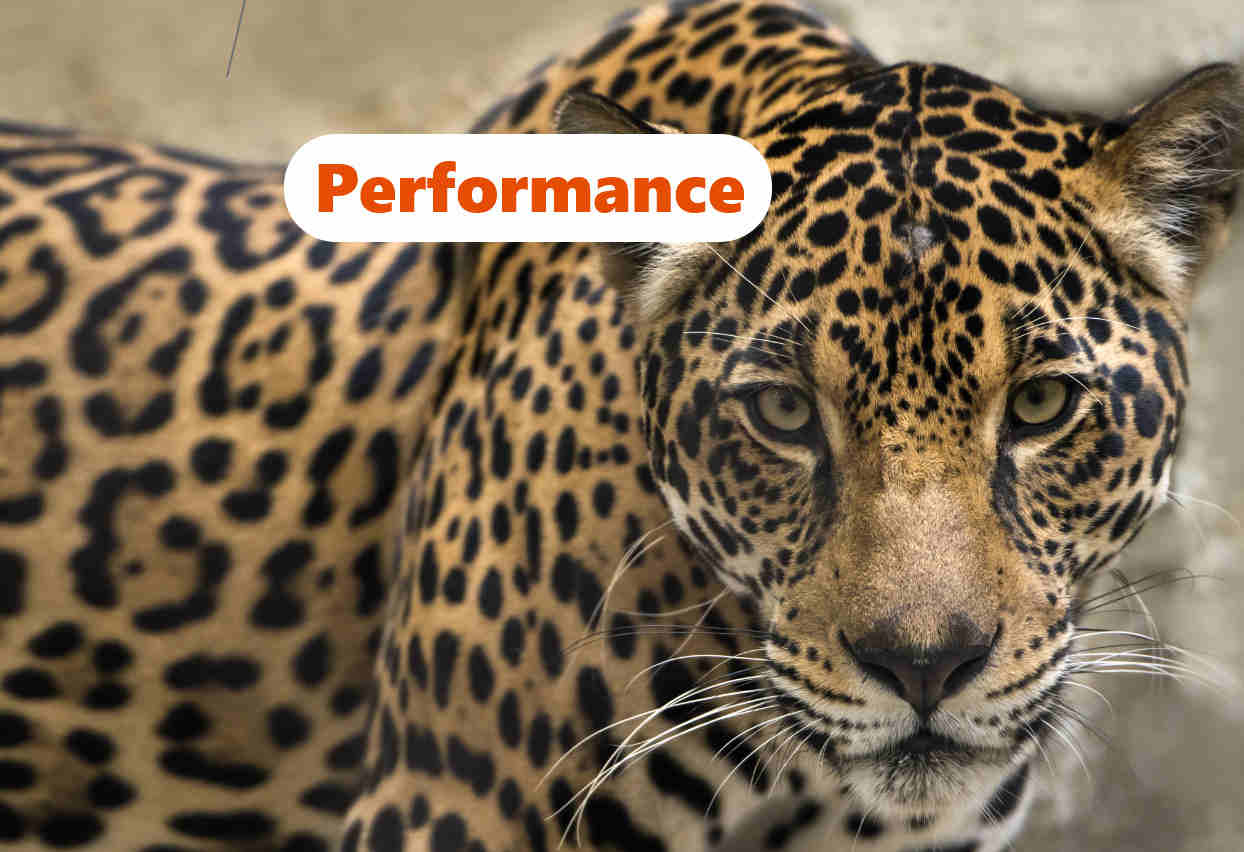
Leave a Reply
You must be logged in to post a comment.